 The existing CCC documentation for the Alaska Territory seems nearly as remote as that largest of the 50 United States. Alaska had not yet entered the Union as a full-fledged state but was home to important CCC work nevertheless.
The existing CCC documentation for the Alaska Territory seems nearly as remote as that largest of the 50 United States. Alaska had not yet entered the Union as a full-fledged state but was home to important CCC work nevertheless.For some reason Alaska does not merit its own state-by-state summary in the back of Perry Merrill’s book Roosevelt’s Forest Army. However there is a two-paragraph reference to the Territory of Alaska in the early sections of the book. Merrill notes that Alaska did not have CCC camps per se, but instead enrollees remained in their own homes in their own communities and the work was largely seasonal, building truck trails, improving campground infrastructure and cruising timber. Merrill reports that in 1935 there were just 325 enrollees working in the territory and that all were middle-aged men.
A far more detailed account of the work of the CCC in Alaska can be found in the U.S. Forest Service’s online history The Forest Service and the Civilian Conservation Corps. The official history points out that in the Alaskan Territory, the CCC did not operate under the Army’s corps system but rather under the direct jurisdiction of the regional Forest Service office. The official history also contradicts Merrill’s reference to the non-camp set up of the CCC in Alaska, stating that the enrollees were stationed in “small, decentralized camps” in the existing national forests.
An especially interesting aspect of the CCC in Alaska is the involvement of the territory’s native peoples, including its Eskimo population, who were brought into the program in 1937 but dropped from participation just two years later over fears that the program was causing “too much dependence on the white man’s way.” One somewhat unusual project involving native peoples was the herding and butchering of reindeer and the harvesting of their brains for export.
The organizational structure of the CCC in Alaska was somewhat similar to the way in which the Indian Emergency Conservation Work program was organized in the Lower 48. Men were generally older in the Alaskan CCC program, they lived closer to home and sometimes in their own homes (compare this description to that given in Merrill’s brief summary) and they were allowed to keep more of their monthly pay than the typical CCC enrollee.

The Forest Service history also notes that the CCC contributed to national defense work in Alaska through their work helping build Annette Army Airfield as well as other major airfields. To see a brief history of Annette Island and its airfield, click here.
You’ll see a nice history of the CCC’s work at the Tongass National Forest website.
You might also be interested the book Alaska at War 1941-1945: The Forgotten War Remembered, edited by Fern Chandonnet. Alaska at War includes a chapter on the work of the CCC in Alaska.
Regarding the images: All the pictures in this post were taken from Cohen's Tree Army. The surveyor with the plane table is working in Knudson Cove and the image is a USFS image. The other image shows CCC enrollees working on Annette Island and is cited by Cohen as a National Archives image.

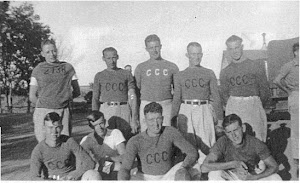

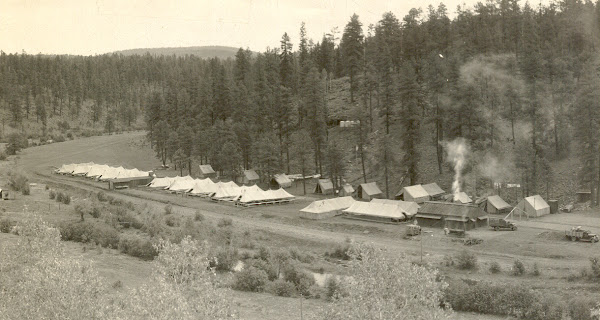
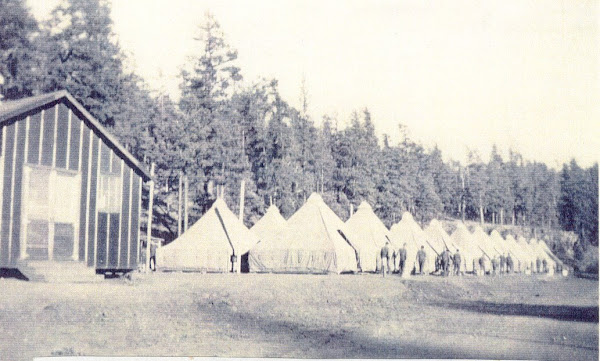
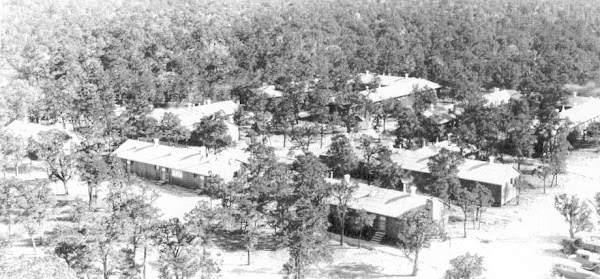
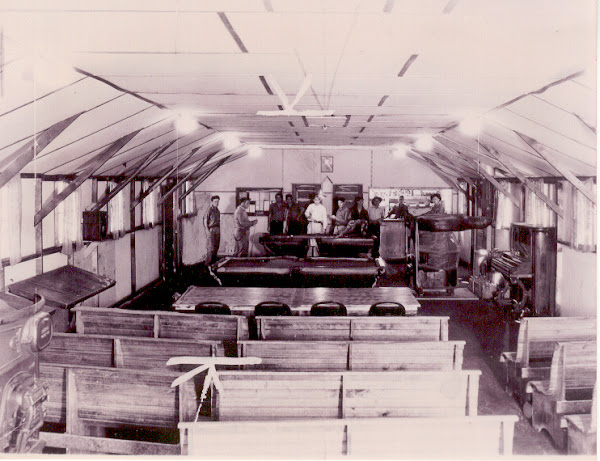
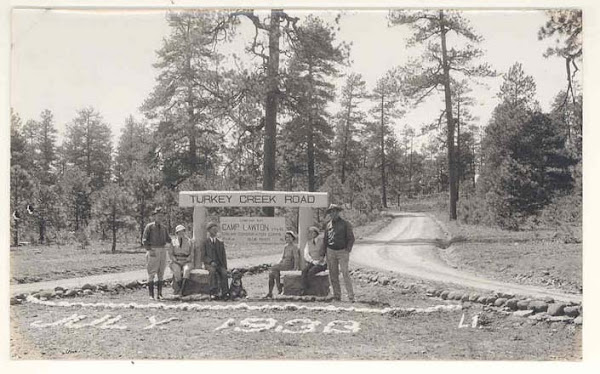
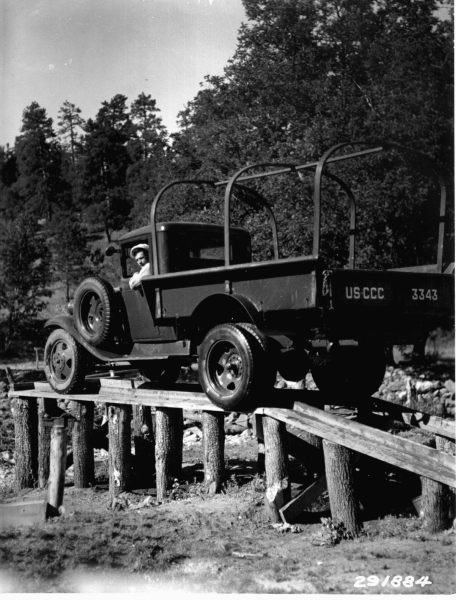
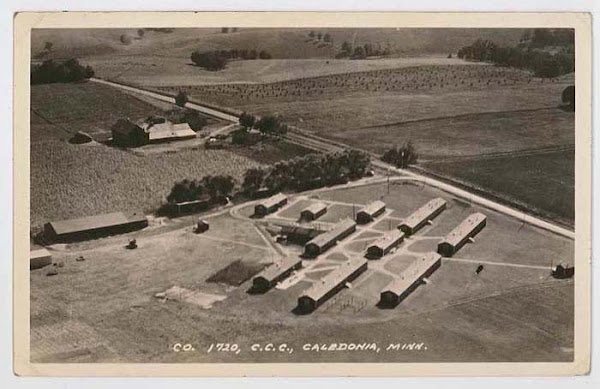
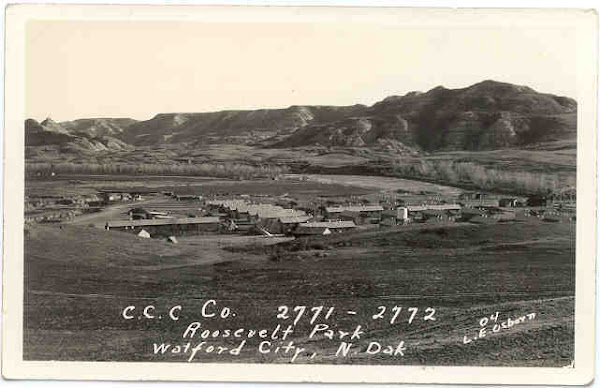
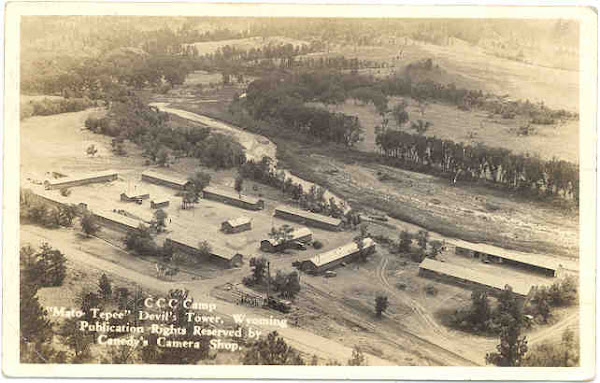
2 comments:
The 1940 census for the village of Akiak shows some men as CCC laborers and includes the words 'CCC camp.' I did not know there were CCC camps on the YK Delta. Timothy Miller
Thank you, Timothy, for dropping in and especially for sharing a terrific bit of information about the CCC in Alaska. I browsed through the 1940 census record for parts of Colorado and Arizona a couple of days ago and also found some camps listed. I suspect that census will be a wonderful tool for tracking down some unknown CCC camps all over the U.S.
Post a Comment